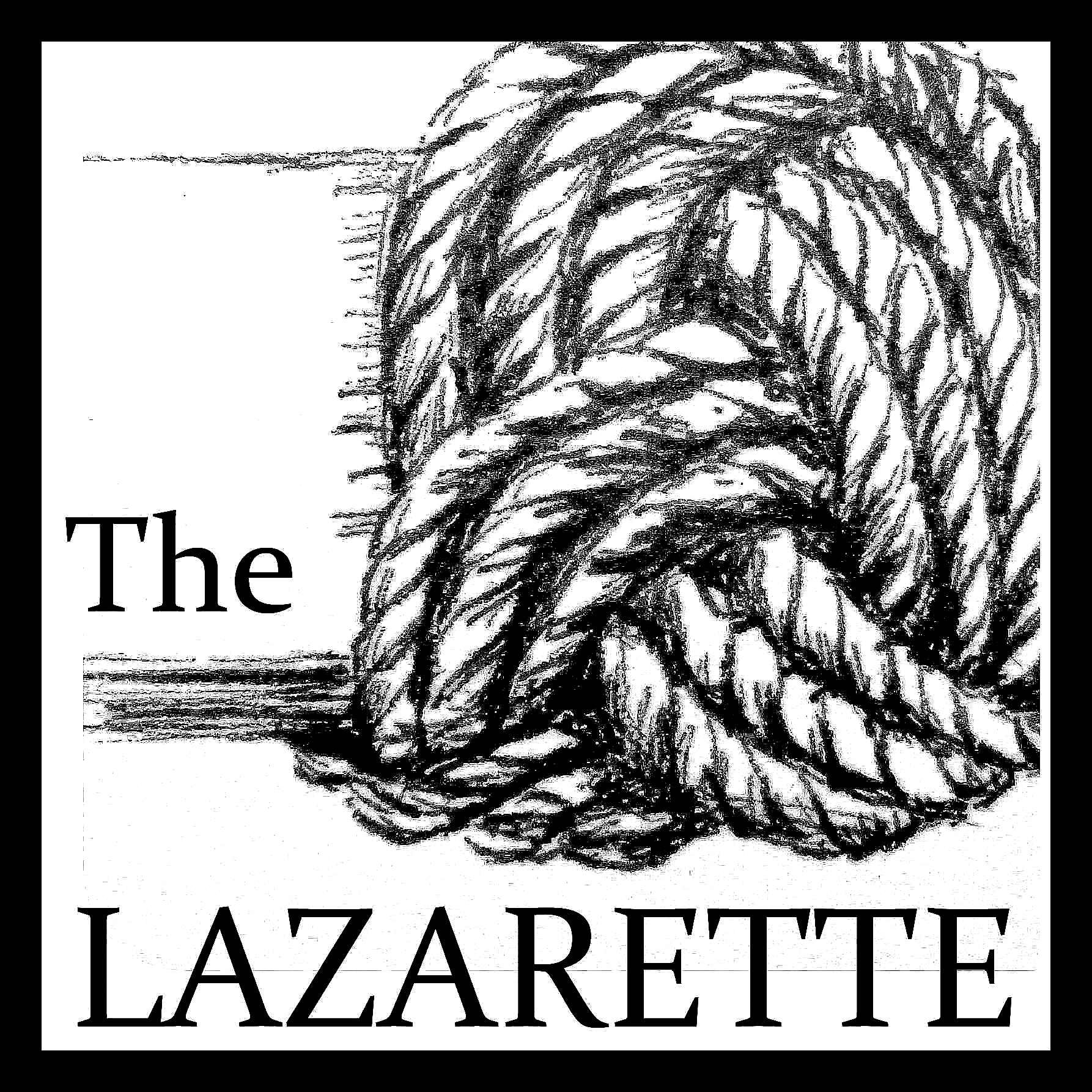The History and Mystery Of Knots
The simpliest knot can be a sacred symbol.
From the time of the Ancient Greeks, we know that knots had a lot of significance, like the Knot of Hercules, (reef or square knot), which they believed could promote healing when tied around a bandaged injury.
In Ancient Egypt, a Knot of Isis (Tyet) amulet was thought to be a powerful protective symbol in the afterlife, mentioned in the Book of the Dead, as being made from red stone, representing a piece of knotted cloth, and should be placed at the neck of the deceased person.
Knots are mentioned in most religions, wearing tassels to remind them of their faith, and to be careful of people wishing them harm through tied knots, and others have protective knots that are allowed to fall off in their own time.
Celtic Knots have no end or beginning, so they can represent the enduring spirit of nature, or an uninterupted life cycle, both for Pagans and early Celtic Christians. I tied the Celtic knot pictured above from a carved cross I saw on a Cornish granite headstone.
Old Pagan traditions are still followed today, such as with the handfasting ceremony, a symbolic binding of a couple with their hands being bound together with cord or ribbon. The origin of the word handfasting comes from 'handfesta' an Old Norse word for a literally binding contract. Knots were tied into the ends of the cords at the end of the ceremony. Apparently the couple had a year and a day to decide if they were compatible or not, if they wanted to go their separate ways, the knots were untied, and the contract was ended. As with flowers, the colours of the cords have different meanings too.
It is where the saying 'Tying the knot' comes from when referring to a wedding.
Leonardo Da Vinci and Albrecht Durer were particularly fascinated by very intricate knotwork working, in their paintings, drawings and woodcuts.
Magical Knots
Every culture seems to have some knowledge of knotting, together with taking on different symbolic meanings, power and even magic.
In the days of sailing ships, when all global commerce depended on the wind, sailors used to buy wind in the form of knots from women. These witches promised that when the first one was untied, they would get a gentle breeze, the second would bring a good wind, and the third would fetch up a gale. In 1350 Ranulph Higden, a Benedictine monk reported in his Polychronicon that women on the Isle of Man would sell wind to sailors with three knots of thread.
Witches also used numbers and knots for other spells, some numbers were preferred, like three, nine, and thirteen. Knotted into rope, spells were thought to have bound people's mouths closed, prevented them doing something or even stopped pain. Witches ladders are knot and charms woven together with whatever intention in mind along a rope.
If a knot spell was thought to be harmful to you, you should find it, to undo the knots and burn it.
I have no real interest in creating knot spells, I just like doodling with rope, with nothing more magical in mind than creating a new basket or mat!
Communication and Calculation
Intricate knots have been used in China for thousands of years, originally for counting, and to record events. Large knots were made to record important events, smaller ones for lesser ones.
Chinese button knots have been an art form since early 600 AD. They are still in use today, along with other intricate knots that are given as good luck charms, especially if made in red cord.
The Incas had a language and calculator created with knots made from llama wool called Quipus, they have been found in ruins that are thousands of years old. They were used to send messages by runners, and for offical records. Different knots had different meanings, and combined with colours, there could be a complex language.
The more I read about knots, the more I am amazed at how inventive people have been with twine or thread.
Going at a rate of knots
The nautical knot is named after the knots on a ship's log, which calculated the speed of the vessel. A weighted wooden drogue with a long line of cord with knots tied at known intervals is allowed to run out, through the hand and after a specified time (28 seconds), the line is stopped, and the amount of knots that have gone out is the speed you are travelling.
Although we now have electronic logs, and GPS, we still use the term knots to calculate and measure nautical distances when we sail, and note the speed of the wind.
Rope and knots are an everyday item for me aboard our boat. I find them fascinating, as well as useful.
Janette Watson
Falmouth

Comments